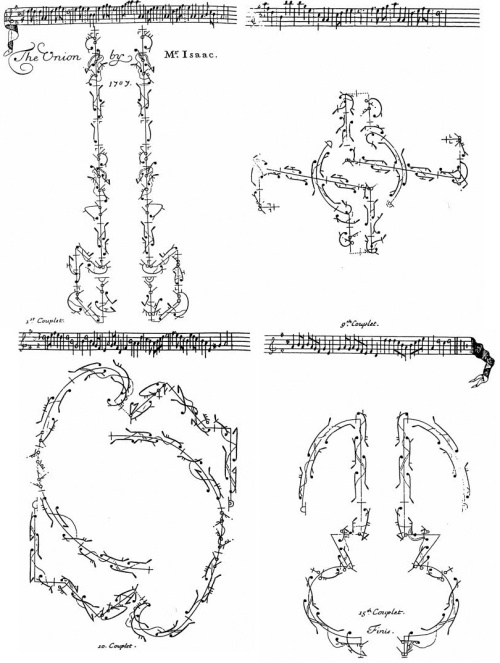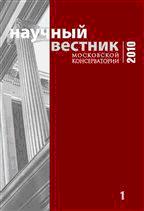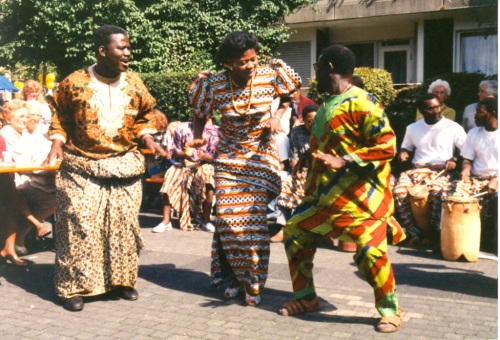Today, on Arnold Schoenberg’s birthday, let’s eavesdrop on his 60th birthday party in Los Angeles, as recalled by his student Dika Newlin:
“About an hour after we arrived, the eating and drinking began. There was coffee with whipped cream (lots), six or seven kinds of sandwiches made with cheese, liverwurst, and such good things: whole platefuls of rich little pastries, coffee cake, chocolate raisin cake, peach cake and orange cake.
“This, keep in mind, was just a little light afternoon tea. The real feast of the day, the birthday dinner, hadn’t arrived yet, nor had the birthday drinks, of which more anon. After eating all these good things, we drifted back into the yard.
“At this point, the strictly musical portion of the evening was interrupted by the advent of some more pastries, a bottle of Black and White whiskey (one of several bottles which had been most appropriately brought to the old man in honor of the great day) and some glasses. I tried a little—a very little—of the whiskey, in spite of Uncle Arnold’s merciless twitting. Then…supper was called!
“I waded through a platter of sweetened sauerkraut, frankfurters, baked potatoes, salami, shrimp salad, rye bread, anchovies, all washed down with plenty of red wine. Then the circlet of birthday candles was brought in and the old man miraculously blew them all out with a single puff. After Nuria had played Happy birthday on her violin, and Ronnie had sung slightly off key, one more round of wine was served…and a large Apfelstrudel made its triumphant appearance.”
This according to Newlin’s Schoenberg remembered: Diaries and recollections, 1938–76 (New York: Pendragon, 1980). Many thanks to Tina Frühauf for bringing this to our attention!
Above, the inventor of serialism playing ping-pong in L.A.; below, Dr. Newlin sings Lee Hazlewood’s These boots are made for walkin’.














